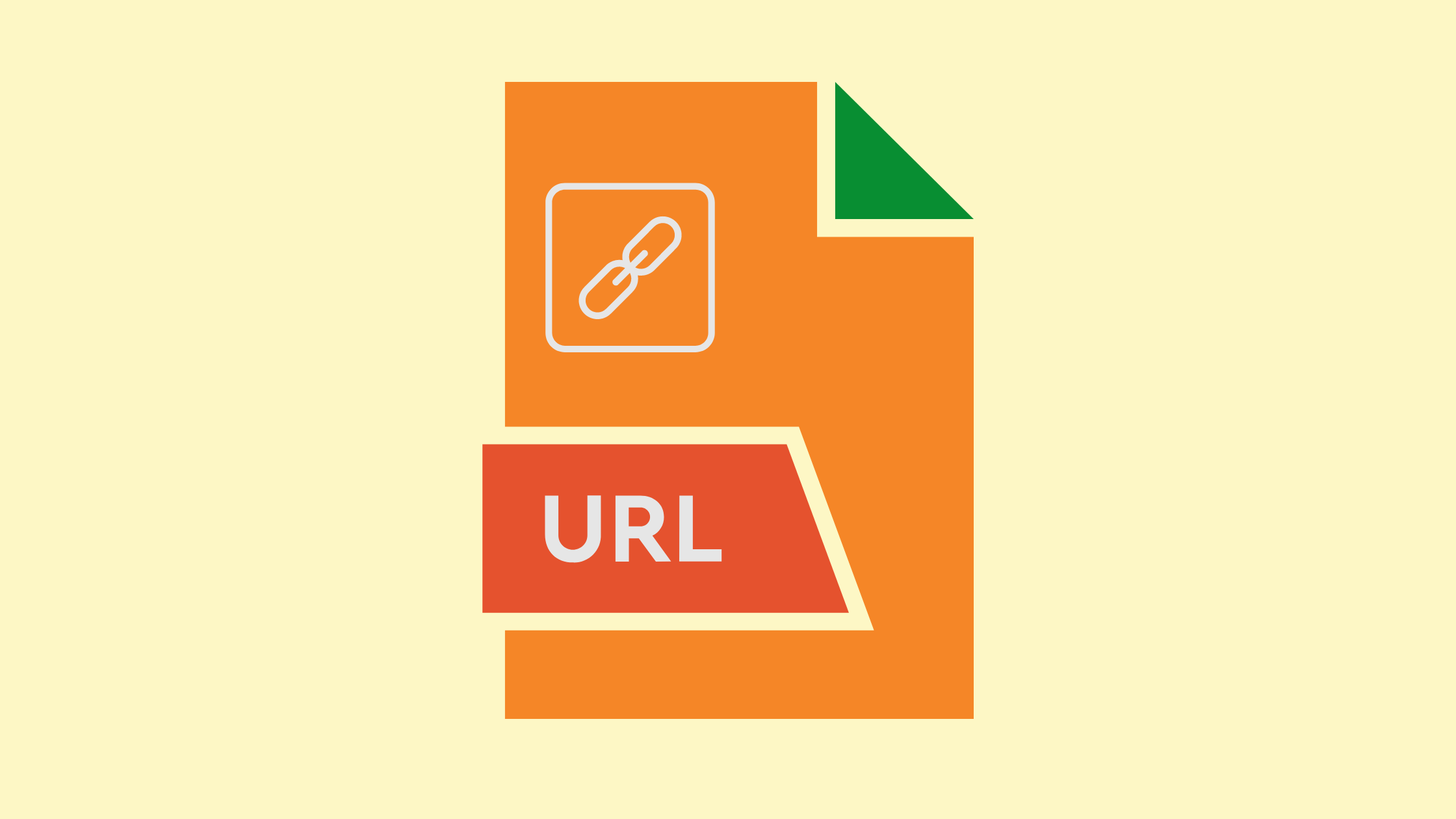1. Introduction
2. What is Image SEO
3. Why is image SEO important?
4. Crucial Factors of Image SEO
5. Image SEO Best Practices
6. Use RanksPro for SEO Audit of Images
Search engine optimization (SEO) aims to increase organic traffic for your website, bring engagement consistently, and improve rankings on search engine results pages (SERPs). One of the major factors in SEO also involves image search optimization.
Whether you adding images to web pages for better outlook or creating a blog post for better visuals, image SEO always helps to boost your efforts. This blog post will talk about this concept and how you can utilize image search optimization to rank your content.
Let’s get started with image SEO basics first.
What is Image SEO?
Image SEO, also known as image search optimization is a technique to improve the utilization of images and get more traffic from search engines.It includes several factors such as quality, relevancy, file names, source of the images, etc.

Optimizing images for SEO also helps search engines to index these visuals through alt texts. Moreover, optimizing metadata of the images make the content crawl better and understand the context of the content. As a result, image SEO drives better accessibility for users visiting your site, increasing the organic traffic and engagement effectively.
Apart from just text, images also play a crucial role in engaging your potential audiences. Their correct utilization according to the guidelines can enhance their search visibility for better SEO results.
Let’s get a bit deep about why image search optimization is important for your website and other content forms.
Why Image SEO is Important?
There are several reasons behind doing image SEO, and most important one is – Google searches are covering almost 23% of images. That means you can get a lot of opportunities to gain organic traffic through image search results.
Here are other important benefits of image SEO:
1. Increased Engagement Rate and Time
Content pieces having relevant and quality images are one of the key reasons why people stay on them longer. If utilized appropriately, image SEO can increase dwell times and create positive impacts on your website’s overall SEO efforts.
2. Enhanced Accessibility
Image SEO brings additional flavor to the content by offering more information through visuals. Users understand the information better through them, and hence prefer to share the content on other platforms. This results in improved web page accessibility, especially for the users who utilize screen readers.
3. Better User Experience
Image search optimization leads to quality user experience for the visitors coming to your web page. In addition, utilizing image SEO practices can help you maintain a quick loading time of the page, resulting in higher engagement and screen time.
Apart from these crucial reasons, image SEO includes some important factors without which one can’t optimize images simply.
Crucial Factors of Image SEO
For image search optimization, you need to focus on some crucial factors. These factors play a major role in several activities that are involved in image SEO.
1. Alt Text
Alt text of image is like a description that tells users what it is all about and how it is related to the content. An optimized alt text in image SEO drives accessibility and contribute to higher search rankings.

Moreover, alt text also helps search engines like Google to read the image and its usage. As search engines can only understand text or code, an optimized image alt text will definitely make them understand about the visual.
2. URL Structure
Image URLs also play critical role in image search optimization. It shows the hierarchy followed in the content, reflecting the importance of image. It includes image filename and path that make search engines understand the presence of images.

While creating SEO-friendly URLs for images, you should carefully create and organize their names to keep everything appropriate.However, if you make any change in their URLs then search engines will take more time to crawl and re-index them.
3. Image Context
Make sure your images can match the content’s theme or topics its convers. This improves user experience by providing what visitors expect to see, and it can also boost your image ranking in search results. In short, choose visuals that are truly connected to your topic.

4. Image Quality
High-quality visuals are crucial for grabbing attention in search results and improving click-through rates (CTR). They also play a role in how well your website’s blog posts perform in Google Discover.

Fortunately, creating or acquiring high-quality images is becoming easier than ever. Many websites offer a wealth of free, high-resolution photos that you can use on your site.
5. Image Sitemap
A sitemap helps search engines like Google crawl and index your website effectively. An image sitemap is a specialized version designed specifically for your website’s images. It provides search engines with additional details about each image, including its URL, title, caption, location, licensing information, and more.

6. Image Schema
Structured data, implemented through schema markup code added to your site, gives search engines a deeper understanding of your images and their connection to your website. This additional context can be beneficial for search engine optimization.

Now that you know the fundamentals of image search optimization, let’s get started with the important tips you should follow for accurate image SEO.
Image SEO Best Practices
1. Always Use Original Images
Search engines always prefer to rank original and unique content in SERPs. Hence, it is recommended to utilize original images rather than just stock photos. By doing so, you can make your content stand out in SERPs.
This is a significant move in image SEO as it impacts the readers directly. Original and unique images provide the right information to your users, showcasing the power of visuals to attract them. Whether you utilize them to showcase your products or for offering information, keep them original.
2. Optimize Image’s File name and Path
Because Google cannot read images, you must give it clues on what your image is about. Create unique and descriptive filenames for your images before you upload them.Google’s image guidelines suggest short and descriptive filenames.
Descriptive filenames tell search engine crawlers what your image is about.When localizing your images, Google recommends that you translate the filenames but ensure you follow URL structure best practices for special characters.
3. Use HTML Elements to Embed Images
Standard HTML image tags are crucial for search engine crawlers to find and understand your images on the page. This helps them connect your images to your content and improve your website’s ranking. Avoid embedding images with CSS as search engines might miss them.
Here is an example to utilize HTML element for image optimization:
<img src=”(filename.type)” alt=”name for the image”/>
4. Use responsive images
In today’s mobile-first world, a seamless user experience is crucial. Responsive images ensure your website looks fantastic and functions flawlessly on any device, from desktops to smartphones.
This keeps users engaged on your site and reduces bounce rates, a factor searches engines consider when ranking websites. Implement responsive images using the <picture> element or the srcset attribute within the <img> element.
5. Prefer Relevant and Descriptive Alt Texts
Since search engines can’t directly interpret images, alt text acts as a guiding light. It provides a description, displayed when images fail to load or when users hover over them.

Craft clear, concise alt text that accurately describes the image content, benefiting both search engines and visually impaired users who rely on this information to understand your webpage.
6. Add Structured Data to Images
Structured data acts like a translator for search engines, providing extra context about your images. This additional information helps search engines grasp the relevance of your visuals to your content.
The result? Your images might be displayed in Google rich search results, which are visually appealing and informative for users, potentially leading to a surge in click-through rates.
7. Add Image Sitemaps
Submitting an image sitemap is like providing a treasure map to search engines, helping them discover and index your images more efficiently. This ensures your valuable visuals are included in search results, potentially driving more traffic to your website.
Many content management systems offer plugins that automate image sitemap creation, saving you time and effort.
8. Optimize Images for Quality and Speed
High-quality images are like visual magnets, drawing users in and keeping them engaged on your website. Search engines also favor websites that deliver a positive user experience, so clear, crisp images can indirectly improve your ranking.
Remember to strike a balance between image quality and file size to ensure fast loading times for optimal user experience.
Utilizing these image SEO practices will help you use visuals more accurately and gain better outcomes for your website. From technicality to promotion, utilizing image search optimization can boost your overall SEO efforts.
Use RanksPro for SEO Audit of Images
The only reason why some images appear in search results while others remain hidden lies in image SEO. It is a powerful strategy for optimizing your website’s visuals to rank higher in image searches.This guide has equipped you with the knowledge to unlock the true potential of your images.

We explored the concept of image SEO, understanding its importance in driving organic traffic and enhancing user experience. Understand the crucial factors that search engines consider when ranking images, including relevance, quality, and technical aspects. Make sure you follow the best practices for image SEO.
However, if you need to audit your website for boosting image SEO then our RanksPro SEO tool is the right choice for you. It offers a comprehensive suite of features to audit and optimize your SEO results.
Here’s how RanksPro empowers you:
- Automated Image SEO Audits: RanksPro crawls your website, identifying areas for improvement in your image SEO strategy.
- Actionable Insights: Receive clear, actionable recommendations to optimize your image filenames, alt text, and technical configurations.
- Bulk Image Optimization: Save time and effort with bulk editing tools for streamlining your image SEO strategy.
- Performance Tracking: Monitor your image SEO progress over time, measuring the impact of your optimization efforts.
By leveraging RanksPro’s powerful features, you can ensure your website’s visuals are not only visually appealing but also strategically optimized for search engines. Take your image SEO to the next level and watch your website climb the image search rankings with RanksPro by your side!



